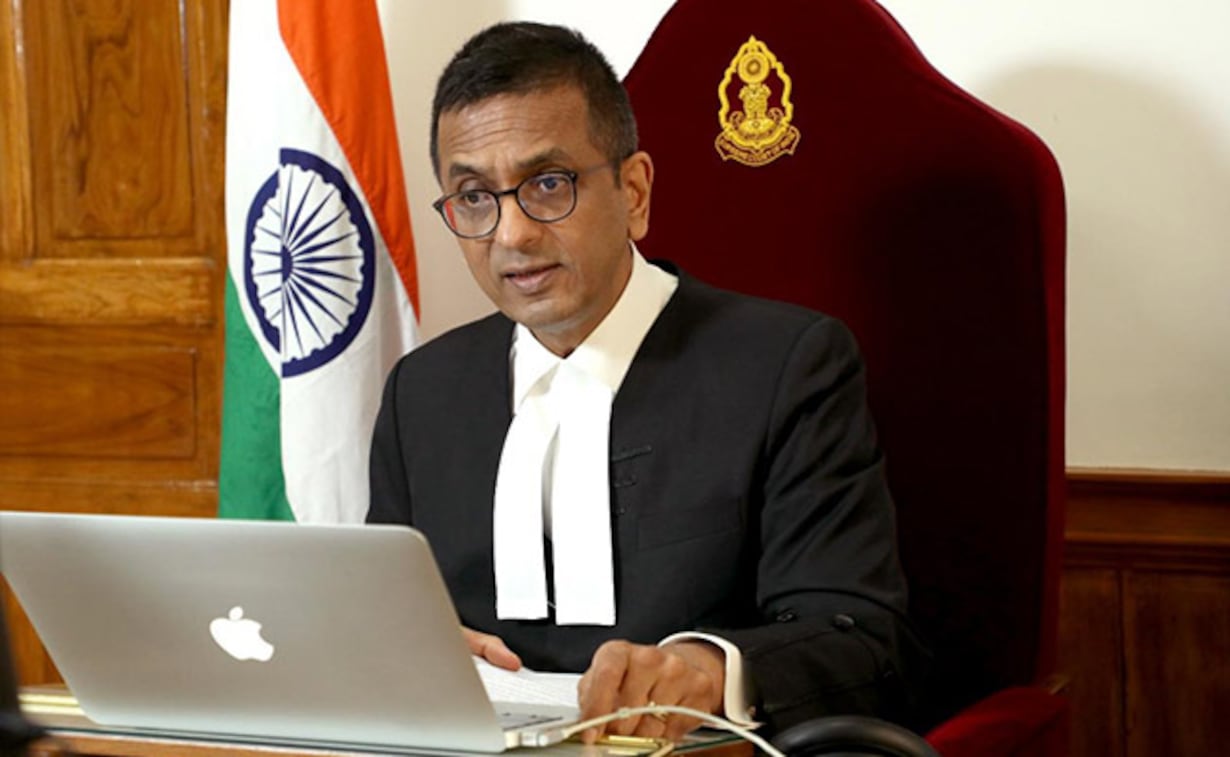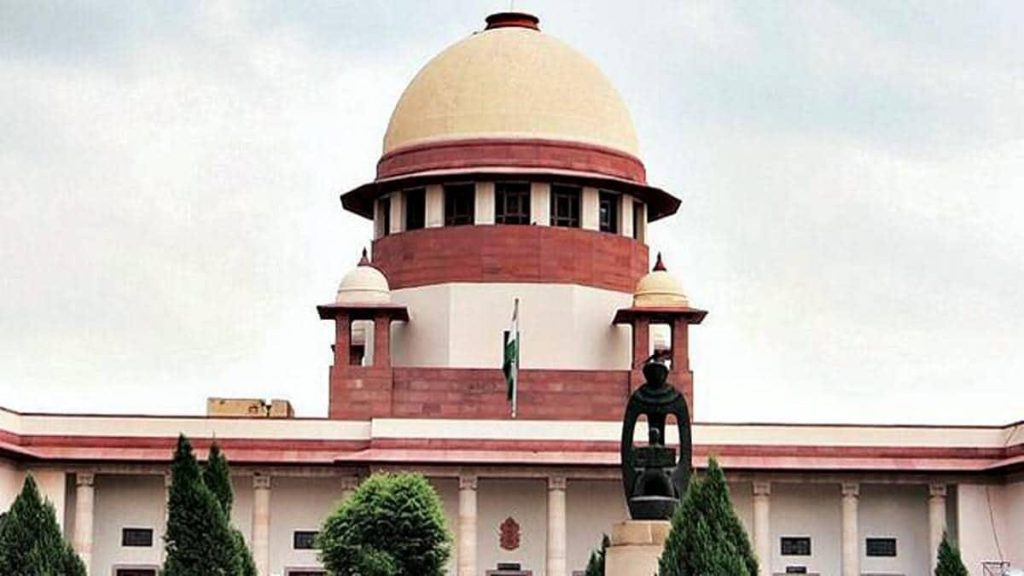Chief Justice of India Chandrachud has stated that the Supreme Court will always have constitution benches of varying sizes. This shift has been in the works for a very long time and needs to be implemented as soon as possible. If an issue raises a “substantial question of law” about how the Constitution should be interpreted, as described in Article 145(3), then it is required that it be heard by at least five judges. There are currently 306 cases that are awaiting a decision from the five-judge benches.

There are still 135 cases that are awaiting nine-judge benches. This suggests that there are five primary instances, in addition to 130 connected ones. This exemplifies the significance and weight of decisions made by multi-judge panels, which typically have effects that are both far-reaching and lasting for a significant amount of time. An excellent illustration of this is the “basic structure” theory that the thirteen-judge panel in the Kesavanada Bharati case incorporated into the political system.
But why has it been such a challenge to put this reform into action?
In contrast to the Supreme Court of the United States, which is only required to hear cases involving constitutional issues, India’s highest court currently has nearly 80,000 cases of varying natures pending before it. Simply put, a “people’s court” is a court that acts in the interest of the general populace.

The total number of judges that are authorized to serve on the Court is 34; consequently, a bench consisting of nine judges constitutes 26 percent of the Court when it is in session. When a Chief Justice of India’s tenure, like Ramana’s, does not witness any constitution bench hearings, it is an issue of prioritizing the concerns of the people over ‘fancy’ constitutional ones. In spite of the fact that this distinction is patently absurd, the idea is that we ought to work toward achieving a systemic equilibrium rather than one that is contingent on the nature of the CJI.
Even more work needs to be done by lower courts, such as the ones in lower jurisdictions. When it comes to bail, the Supreme Court always comes to the conclusion that “the trial courts are not appreciating the ambit of its orders,” which results in an increase in the amount of work that needs to be done by the court. However, the breadth of the fundamental rights enjoyed by Indians will not expand if additional constitution benches are not added.

